Written by: Miriam Milzner
Threats to the Victoria Lake
The Victoria Lake ensures the livelihood of approximately 2 million people and provides drinking water, food, but also energy and transport to almost 22 million inhabitants of the region. Therefore the water quality is the most fundamental factor when it comes to the improvement of livelihood of the growing population in this area.
Despite all, over the last decades the lake has been used as a dump for human, agricultural and industrial waste. As a result, the lake has had to undergo substantial changes: the loss of biodiversity, water pollution and the associated weakening of the water quality.
Overfishing and oxygen deficiency in the deep waters endangers the native fish and biodiversity of the lake. Researchers suspect that the introduction of the invasive carnivorous species: the Nile perch, could also explain a further threat to the lake.
But still, the greatest problems are the results of human interventions.
For example, the bad conditions of the infrastructure by the lake and the lack of sewage treatment plants that prevent unfiltered water from flowing into the lake.
The conduction of municipal waste, as well as agricultural and industrial waste into the lake favours the massive growth of the exotic water hyacinth. This invasive plant provoke anoxic conditions in the lake, which inhibits the decomposition of plant material, increases toxicity and thus increases the health risk to humans and animals. It also blocks important shipping routes and docks. In order to improve the ecosystem of Lake Victoria, projects are now attempting to address the problem of water hyacinths with biological and manual methods.



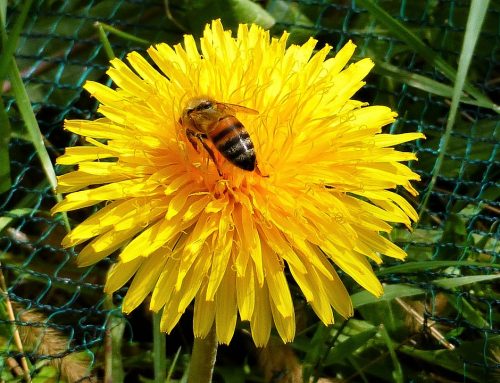
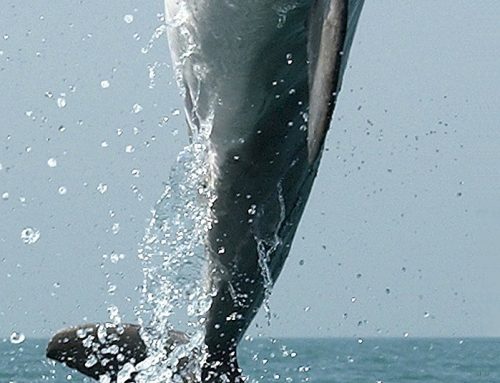
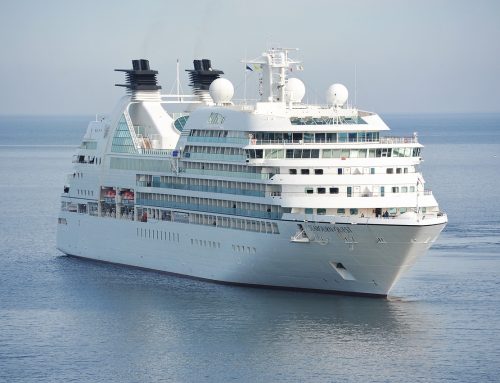
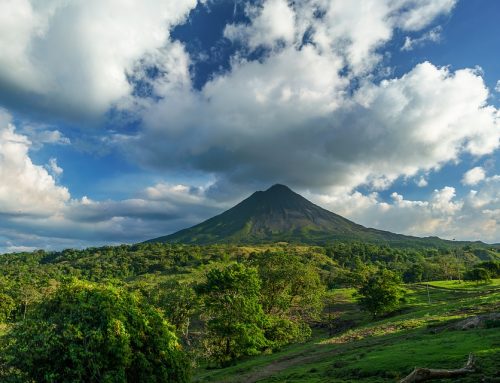
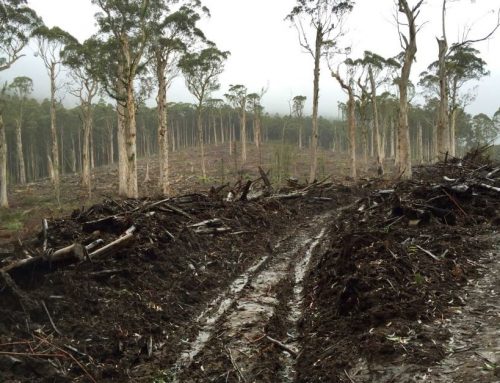
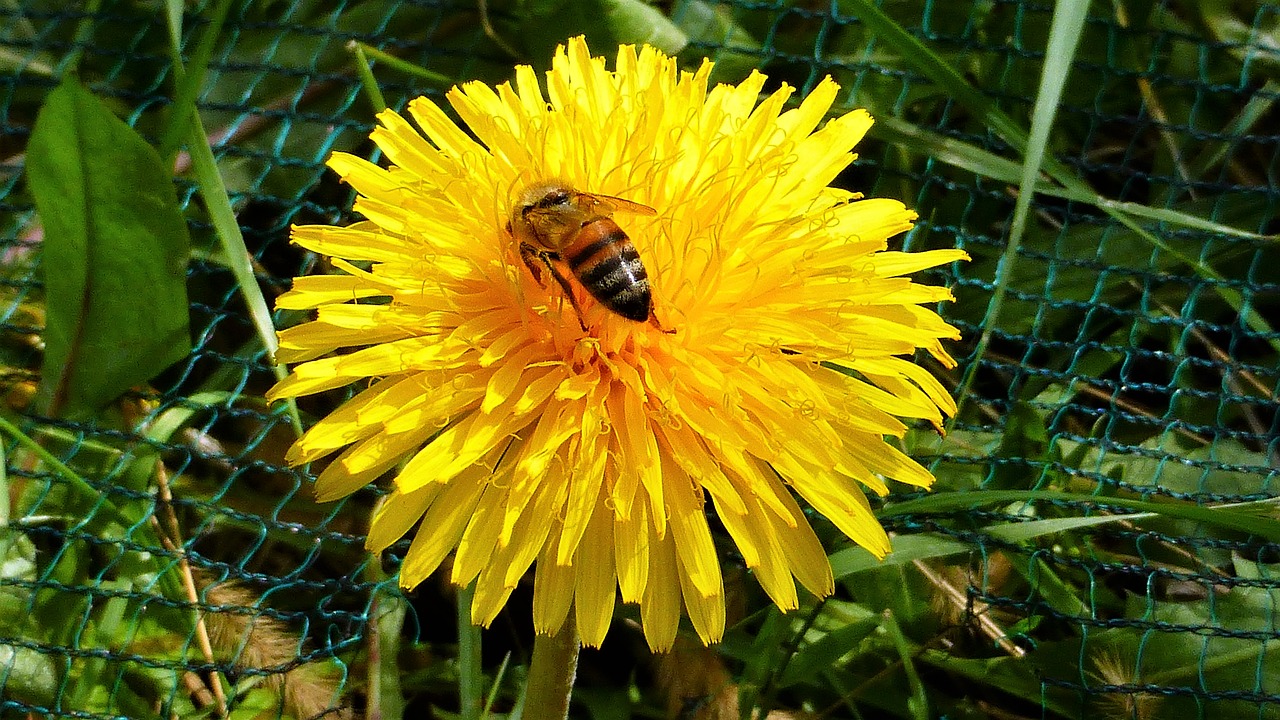
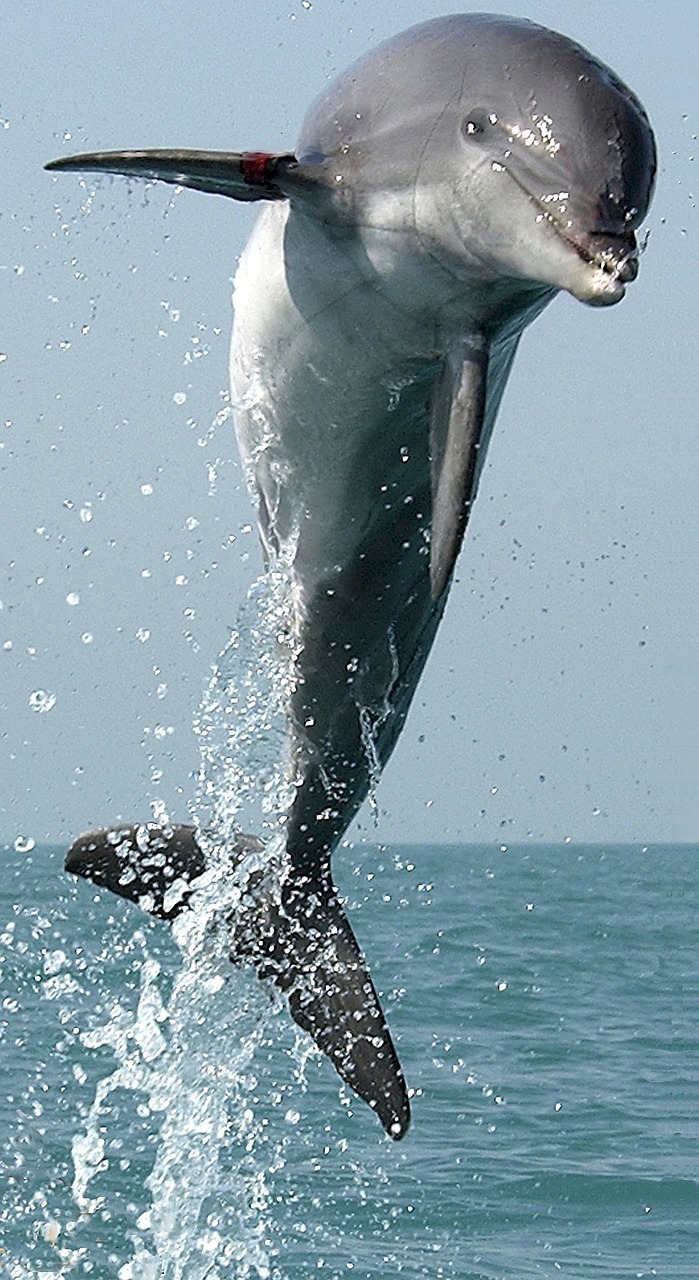
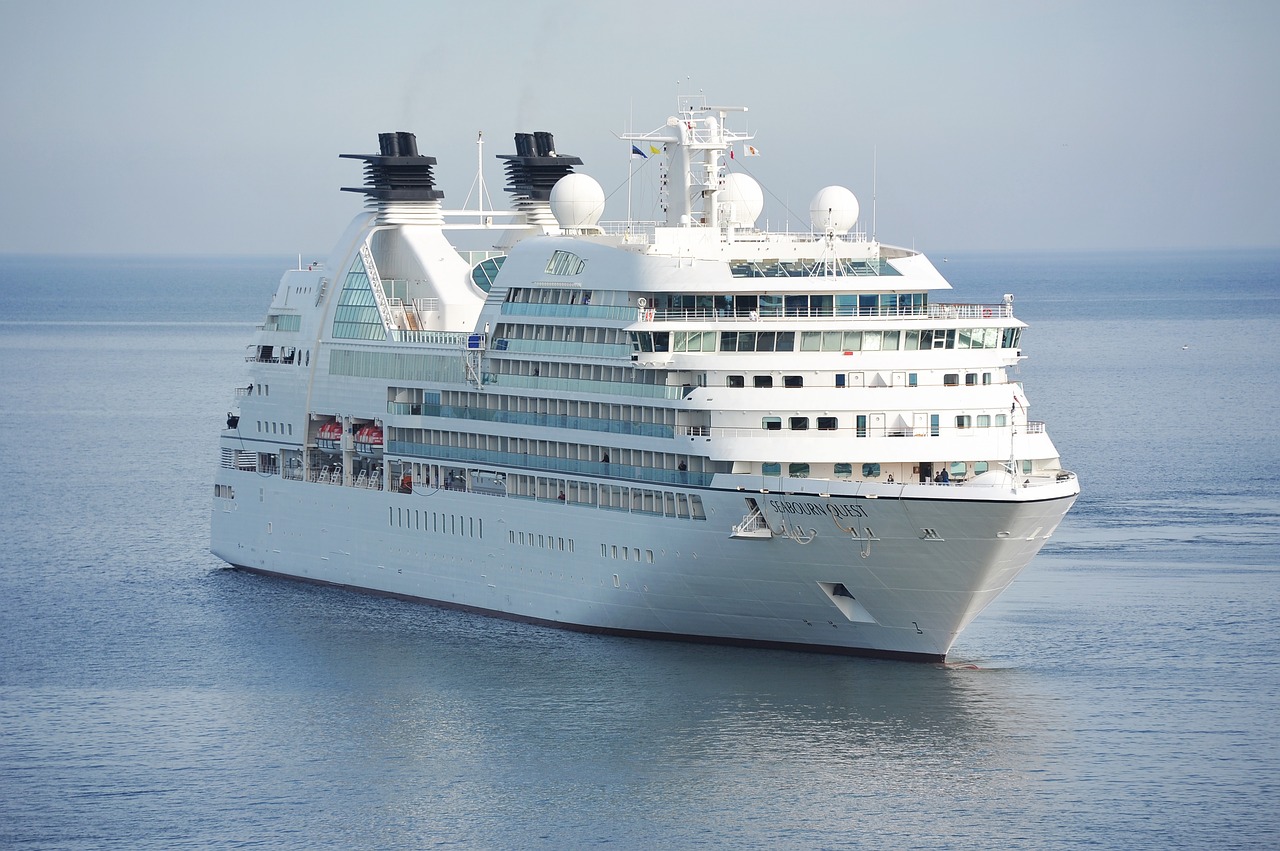
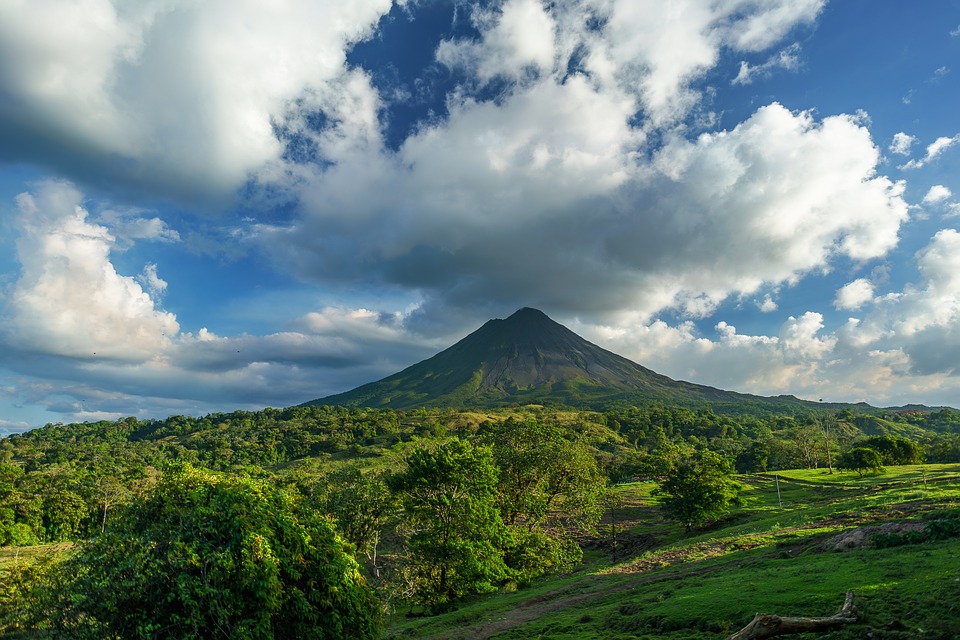
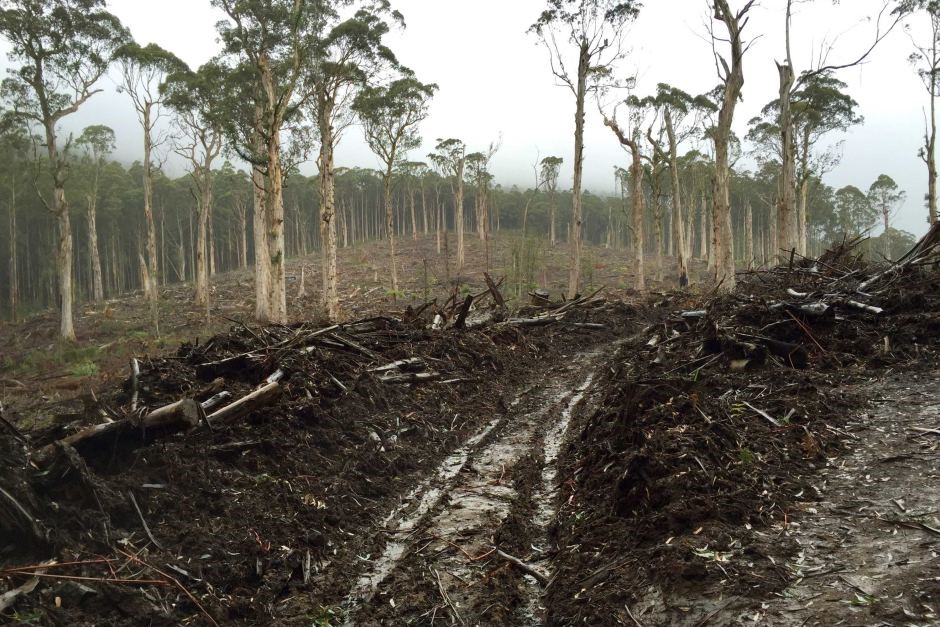
Home › Forums › Threats to the Victoria Lake